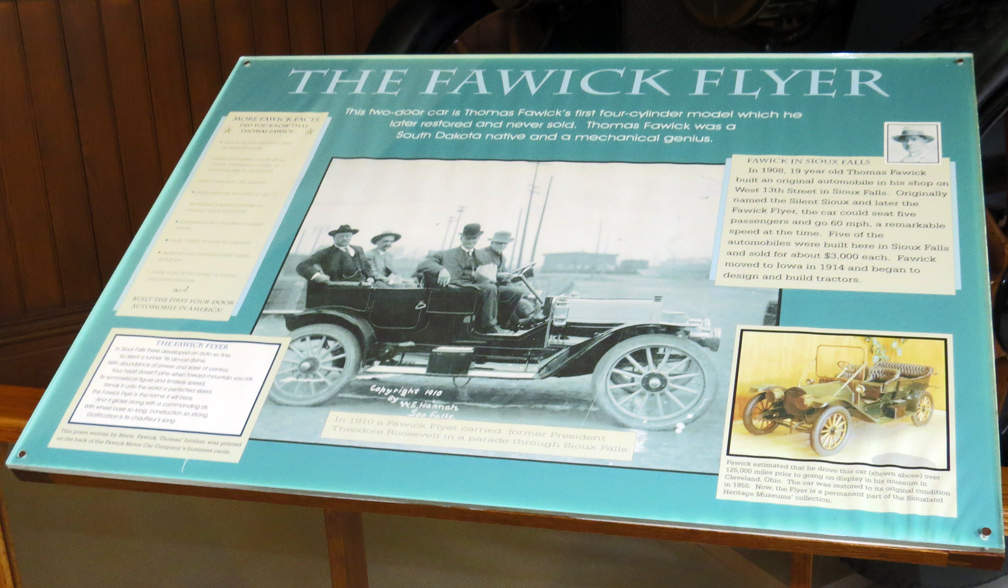

Old Courthouse
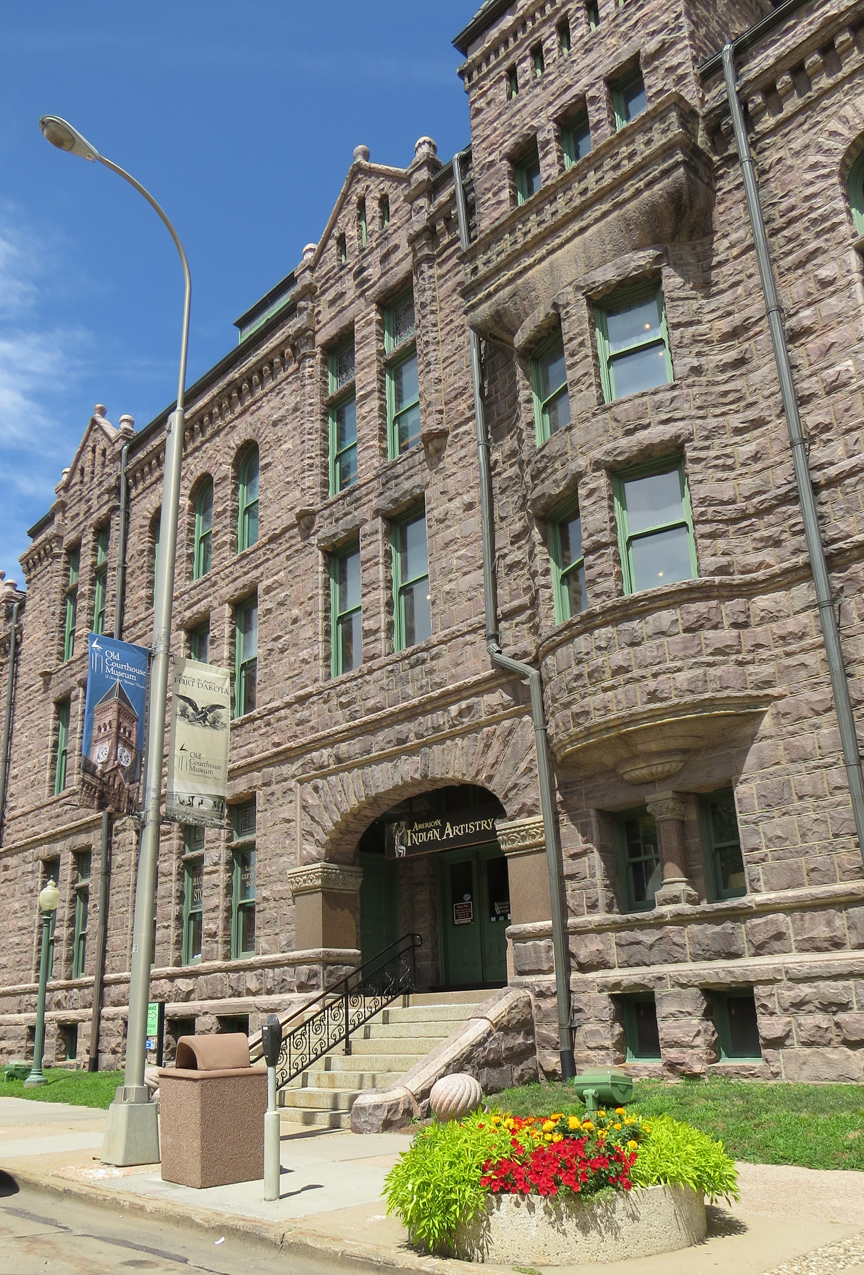
Old Courthouse Meseum
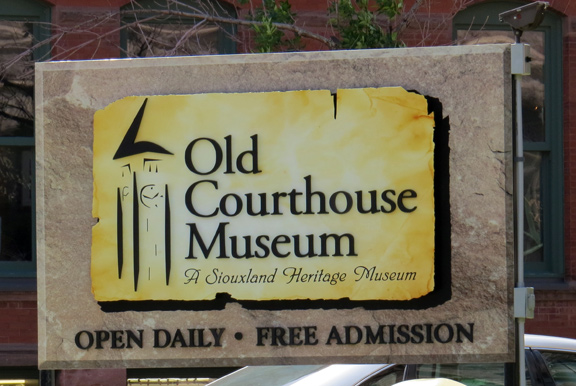
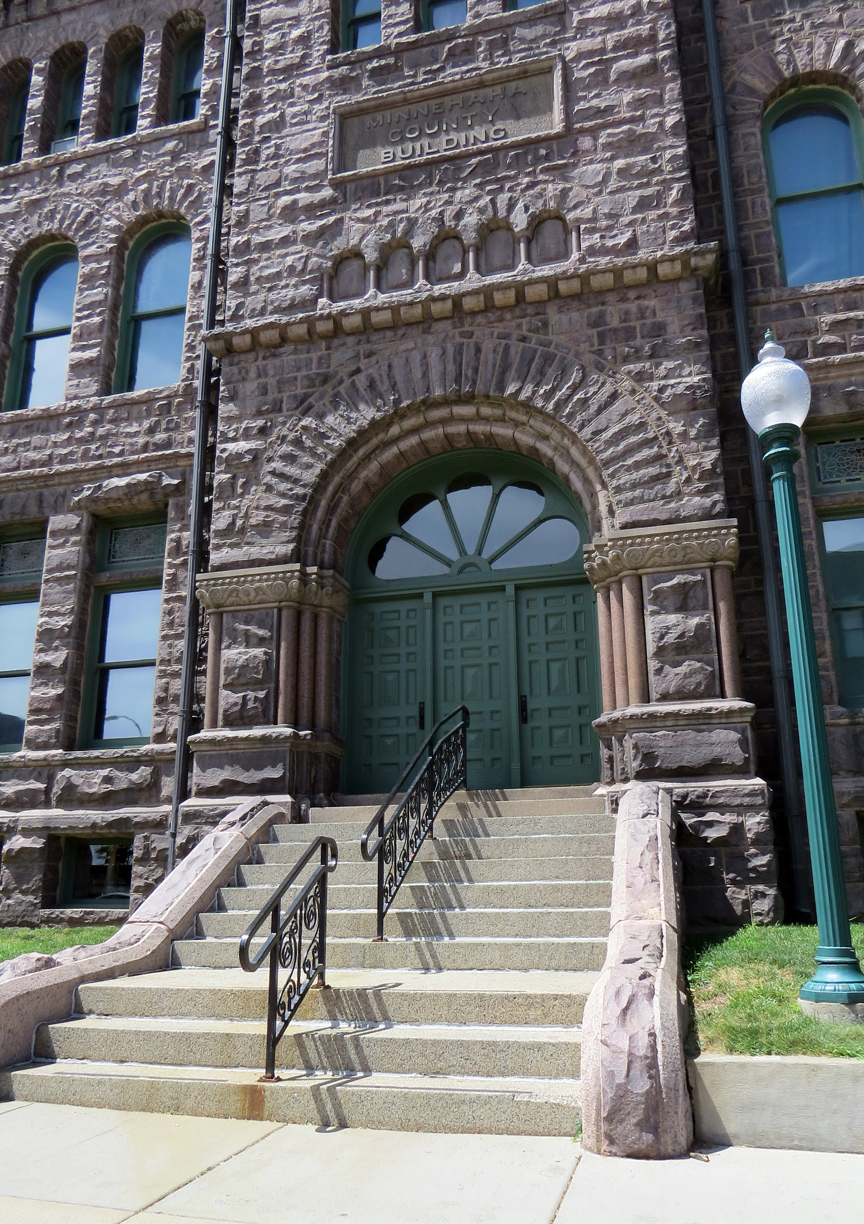
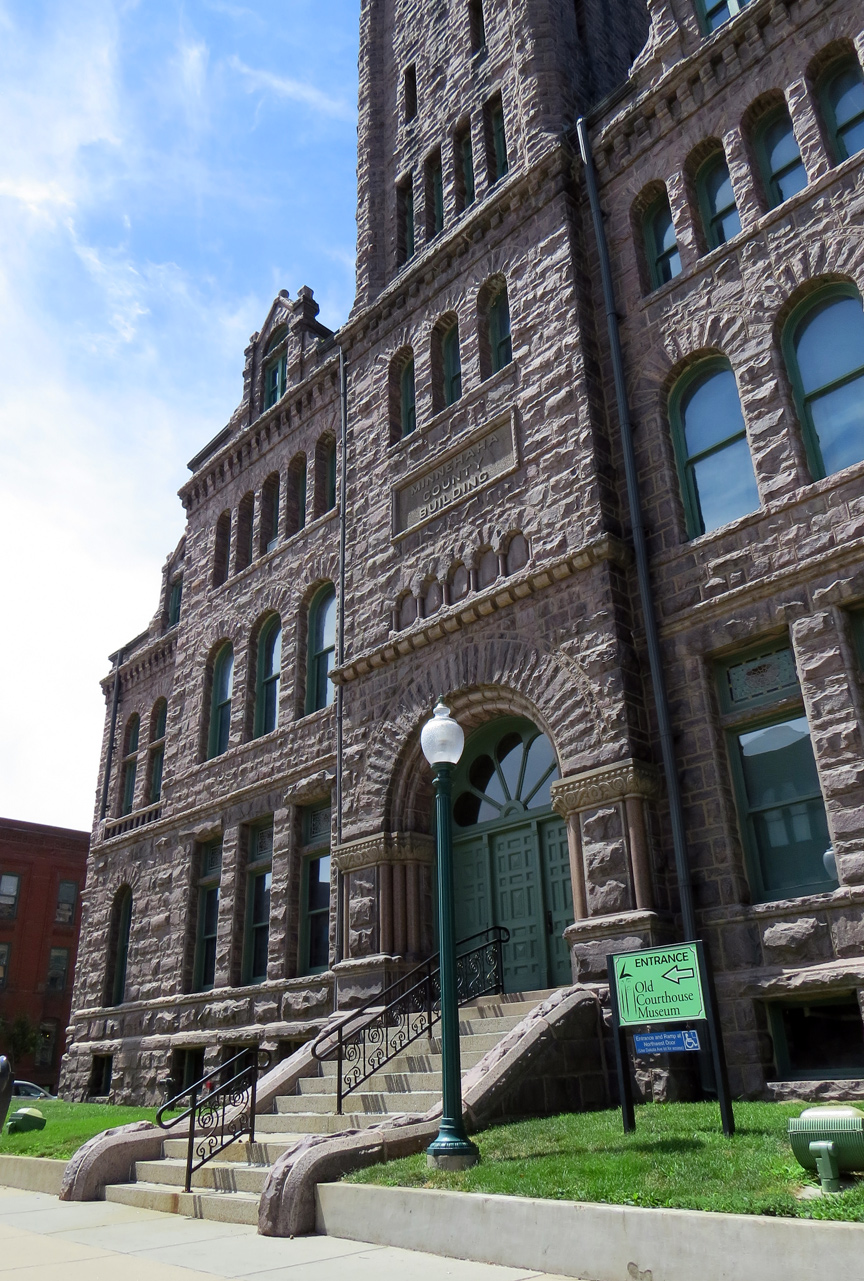
Construction began on the first Minnehaha County Courthouse in
1889. The building is a product of local architect Wallace L. Dow, who designed
many local buildings including the South Dakota State Penitentiary, the All
Saints School, and the Thomas B. McMartin home (now the Pettigrew Home and
Museum). The building is constructed of native Sioux Quartzite stone, a popular
local building material of the late 19th century. When completed in 1893, Dow
claimed the structure would be the “largest courthouse between Chicago and
Denver.”
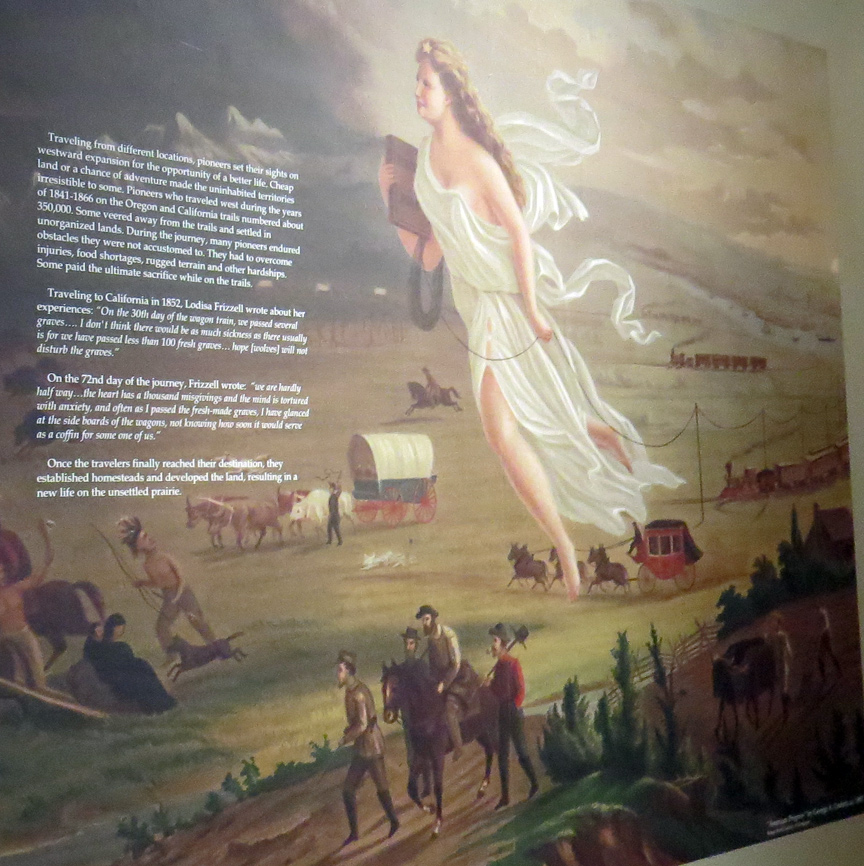
Interior courthouse features include slate stairs, granite pillars, stained glass windows, and tiled fireplaces. Perhaps one of the most striking features of the building is the 16 large murals on the walls of the hallways painted between 1915 and 1917. Painted by Norwegian immigrant Ole Running, the murals detail early life in Dakota, natural features, and images of his home in Norway. Running was paid $500 for his work on the walls of the building.
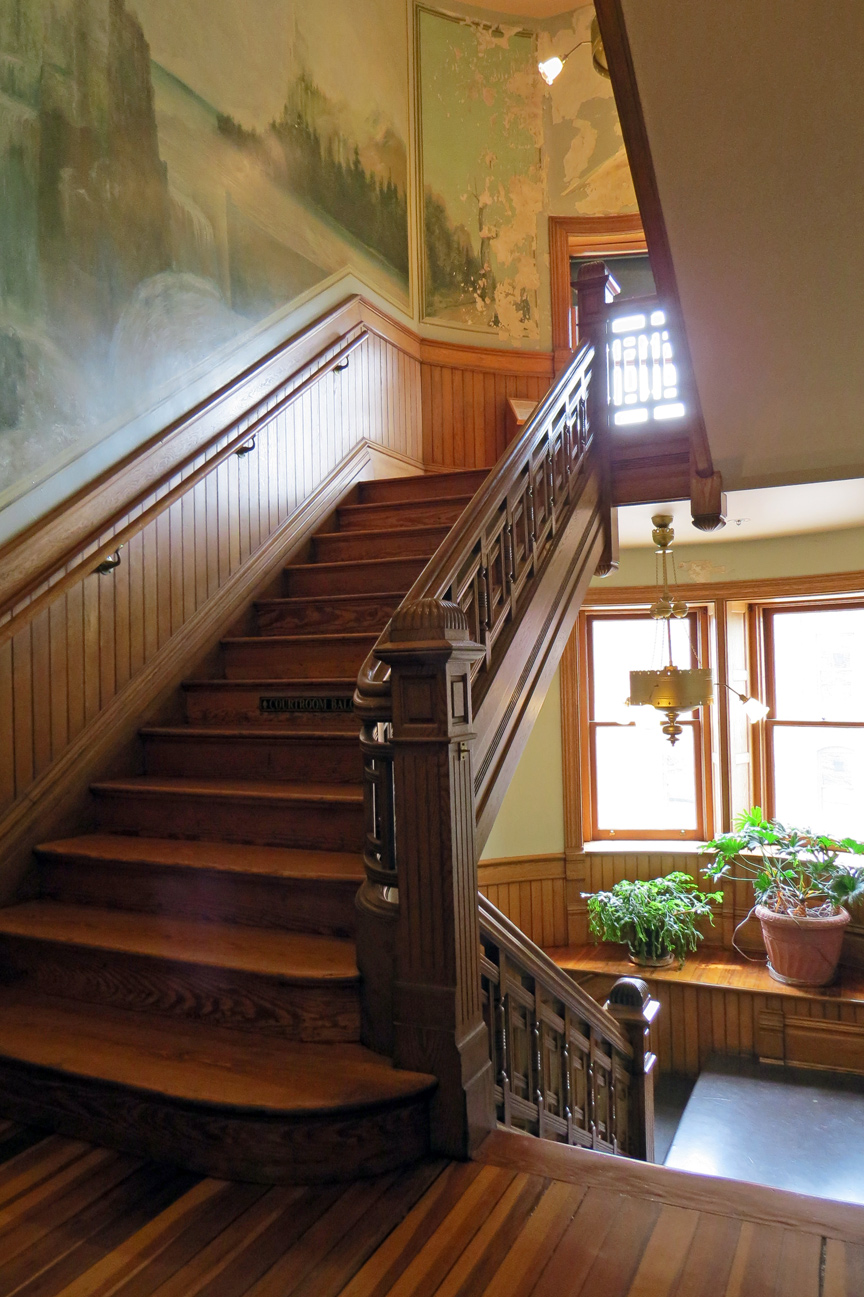
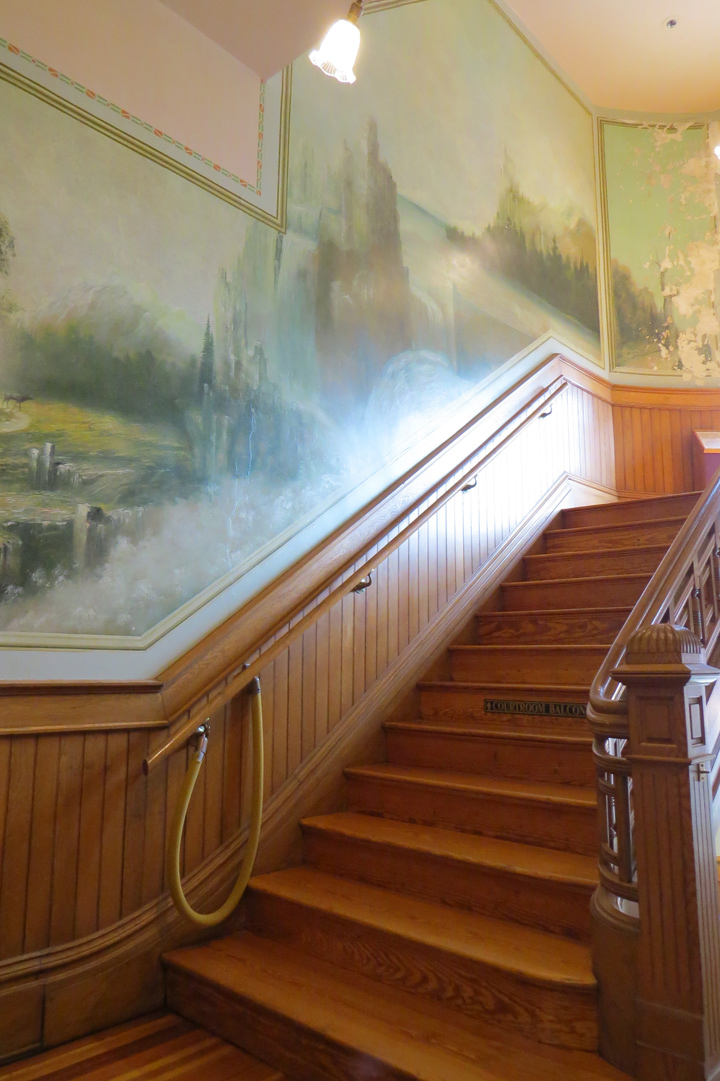
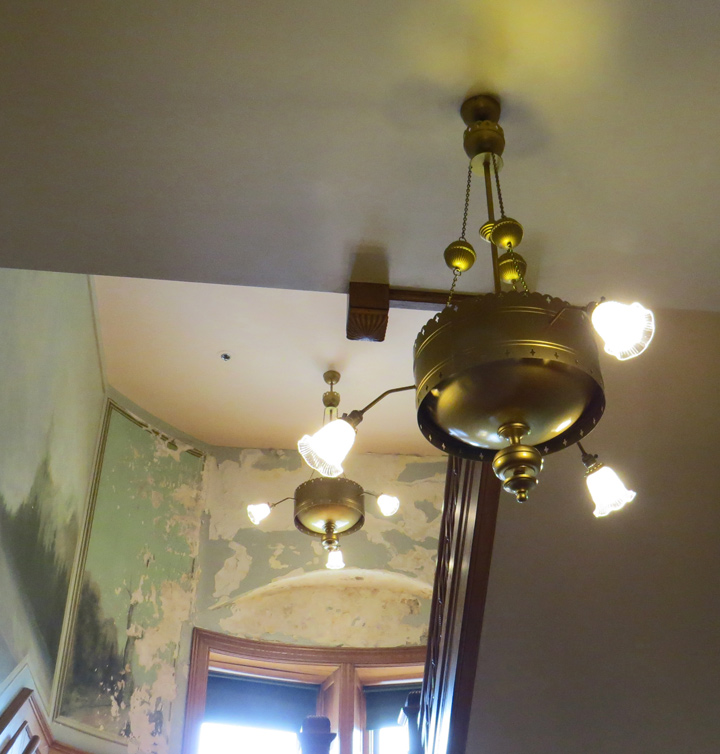
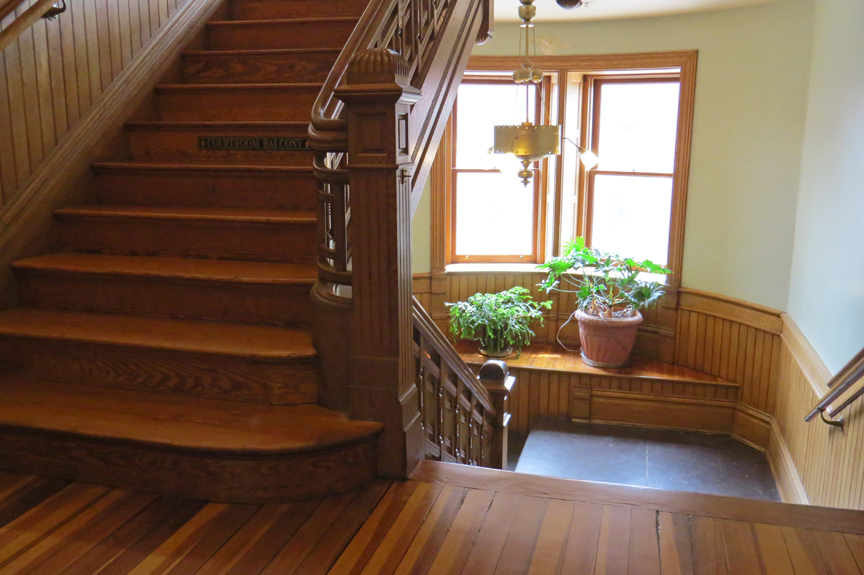
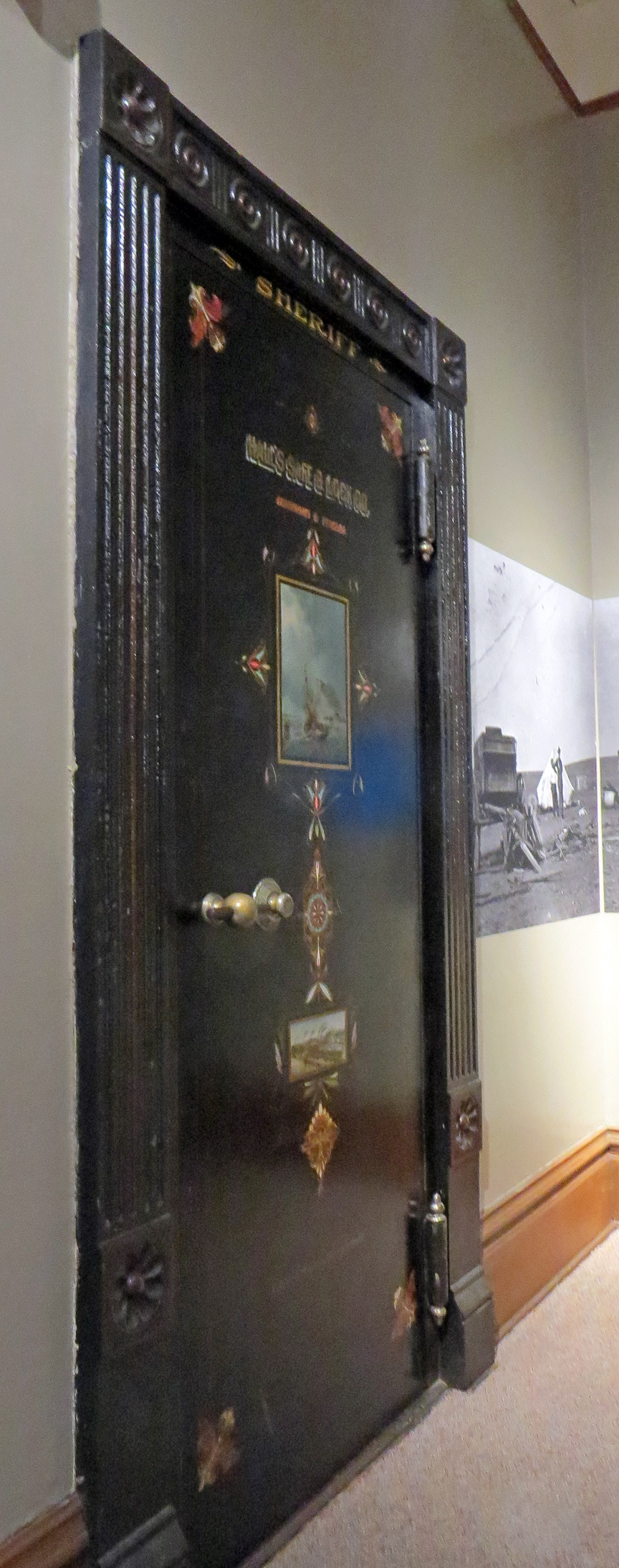
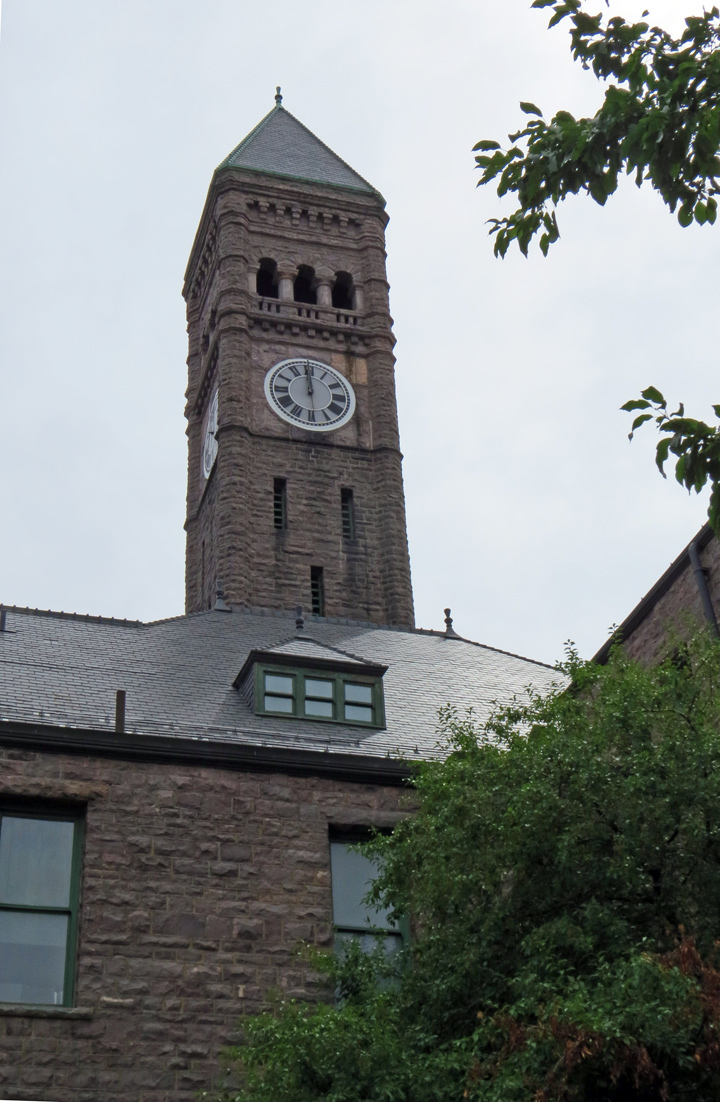
Old Courthouse Museum Clock Tower
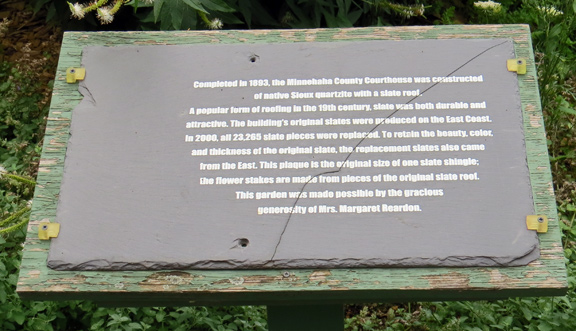

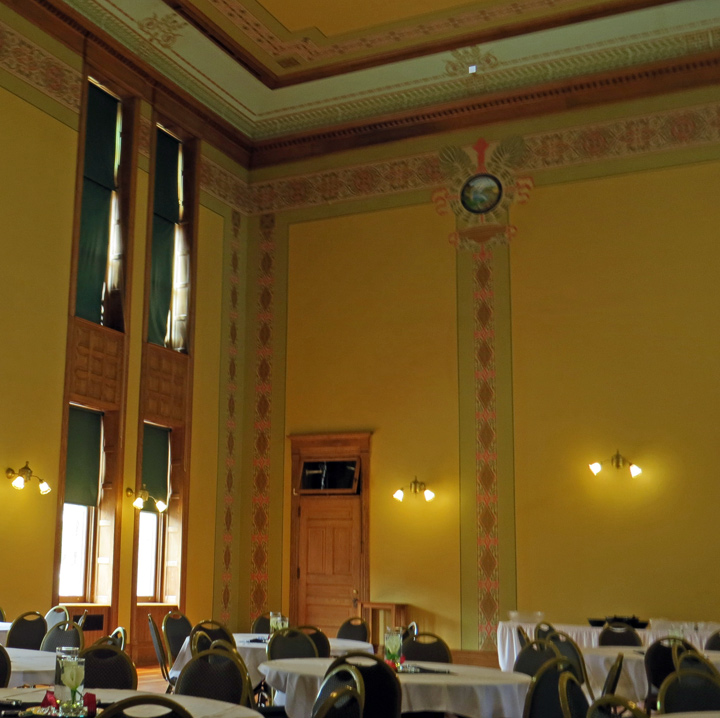
Old Court Room
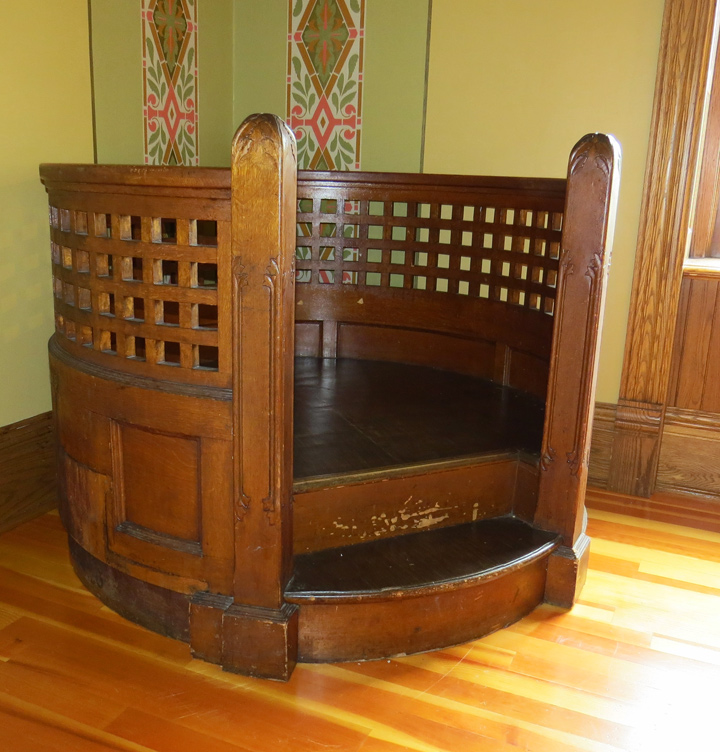
The courthouse was used for county business until 1962, when it
became too small for court and administrative activities. A new courthouse was
built to the west of the original and the Old Courthouse was slated for
demolition to make room for a parking lot. Concerned citizens campaigned to save
the Old Courthouse and in 1974 they were successful. The building was converted
to a museum and joined with the Pettigrew Home and Museum to become the
Siouxland Heritage Museums.
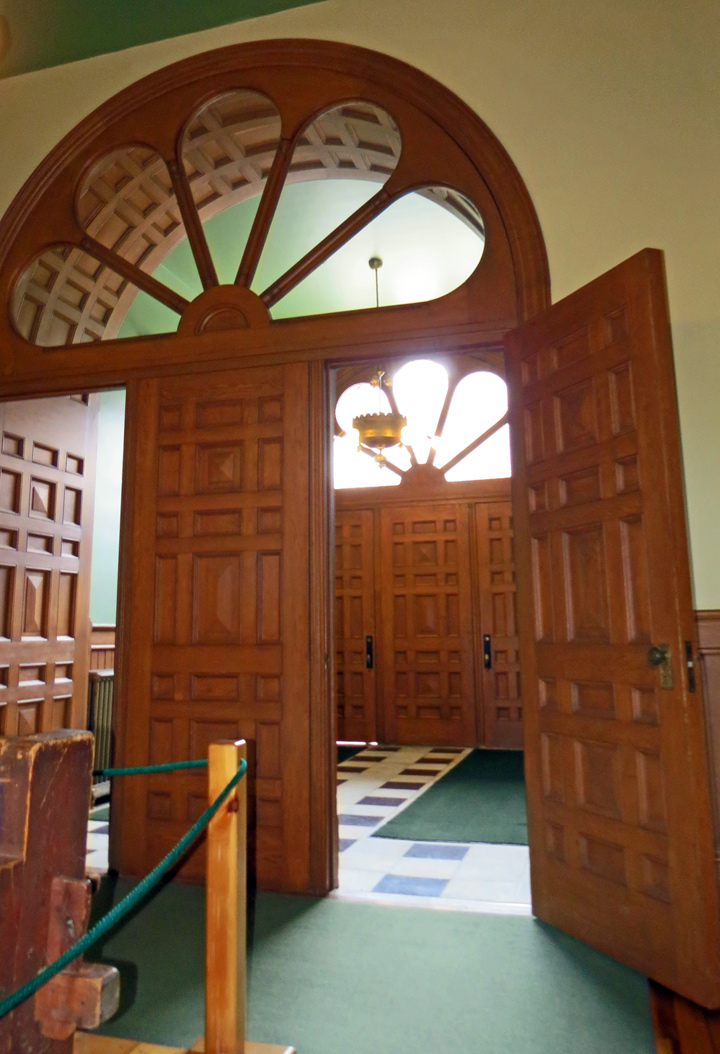
Today, you can visit three floors of public exhibit space that provide a
colorful look at the region’s history. The second floor features the restored
circuit courtroom and law library.
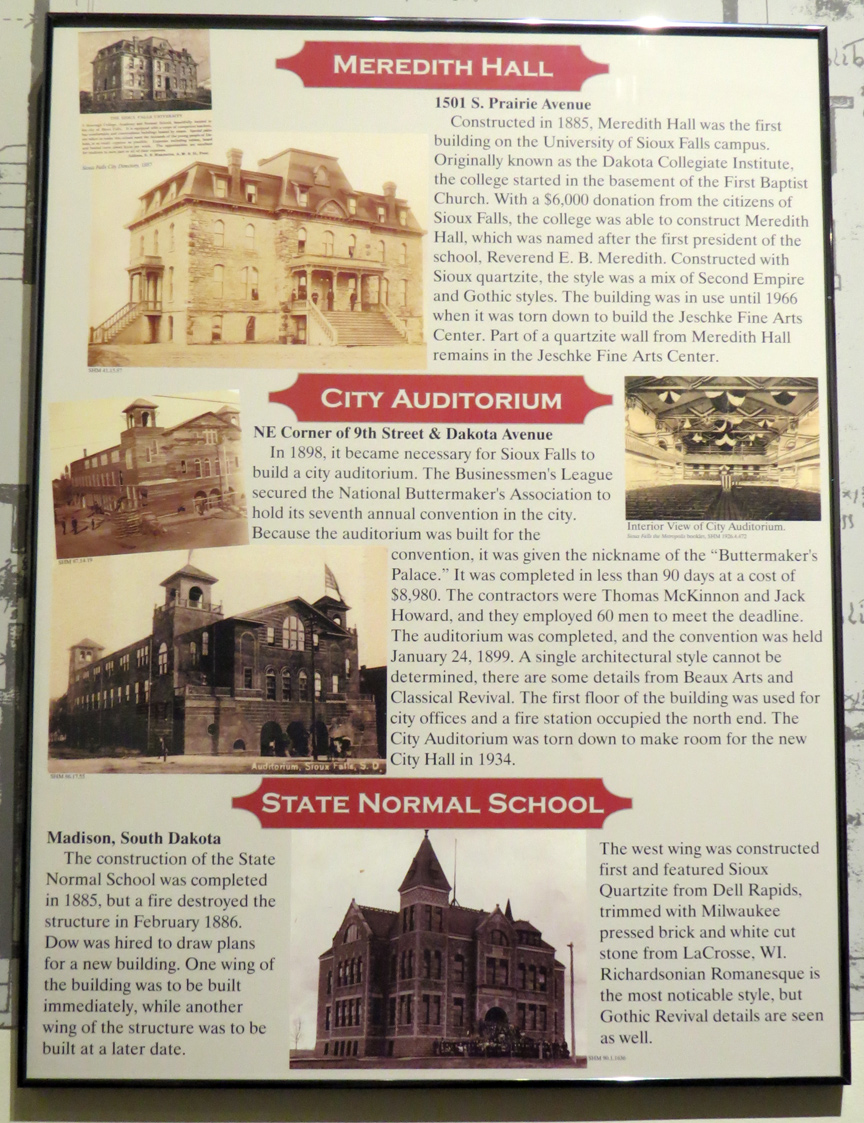

Native Americans
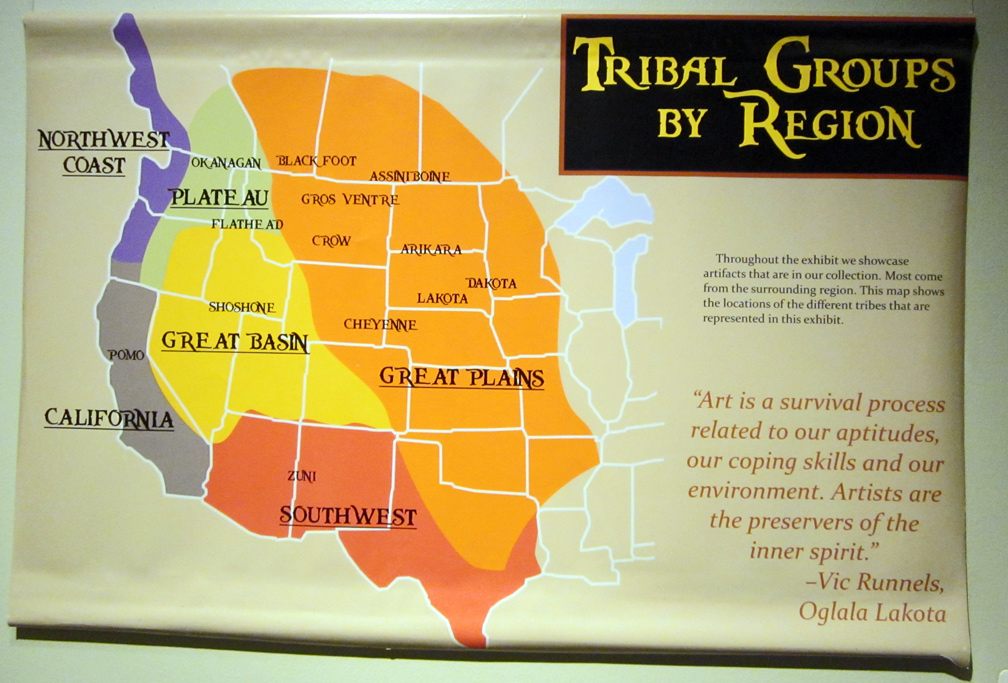
Tribal Groups
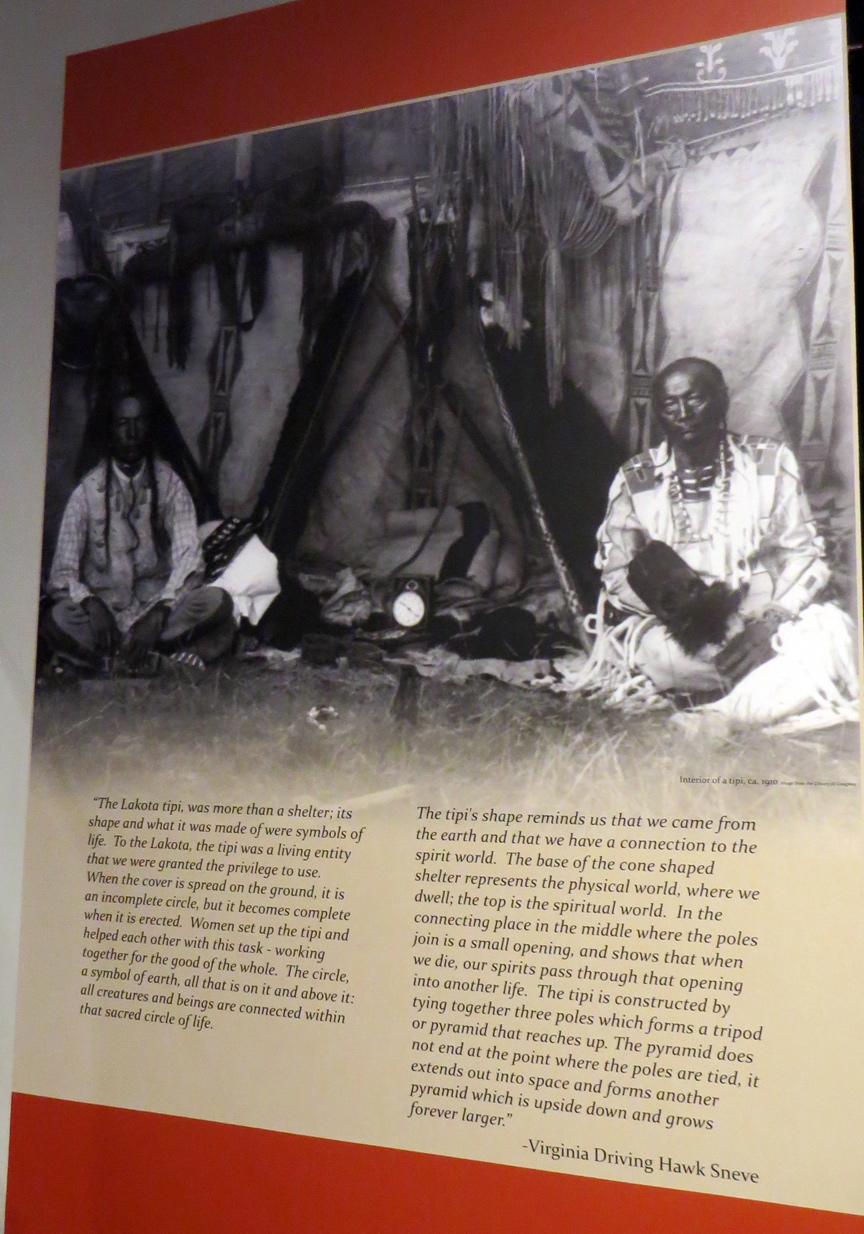
Lakota Tipi
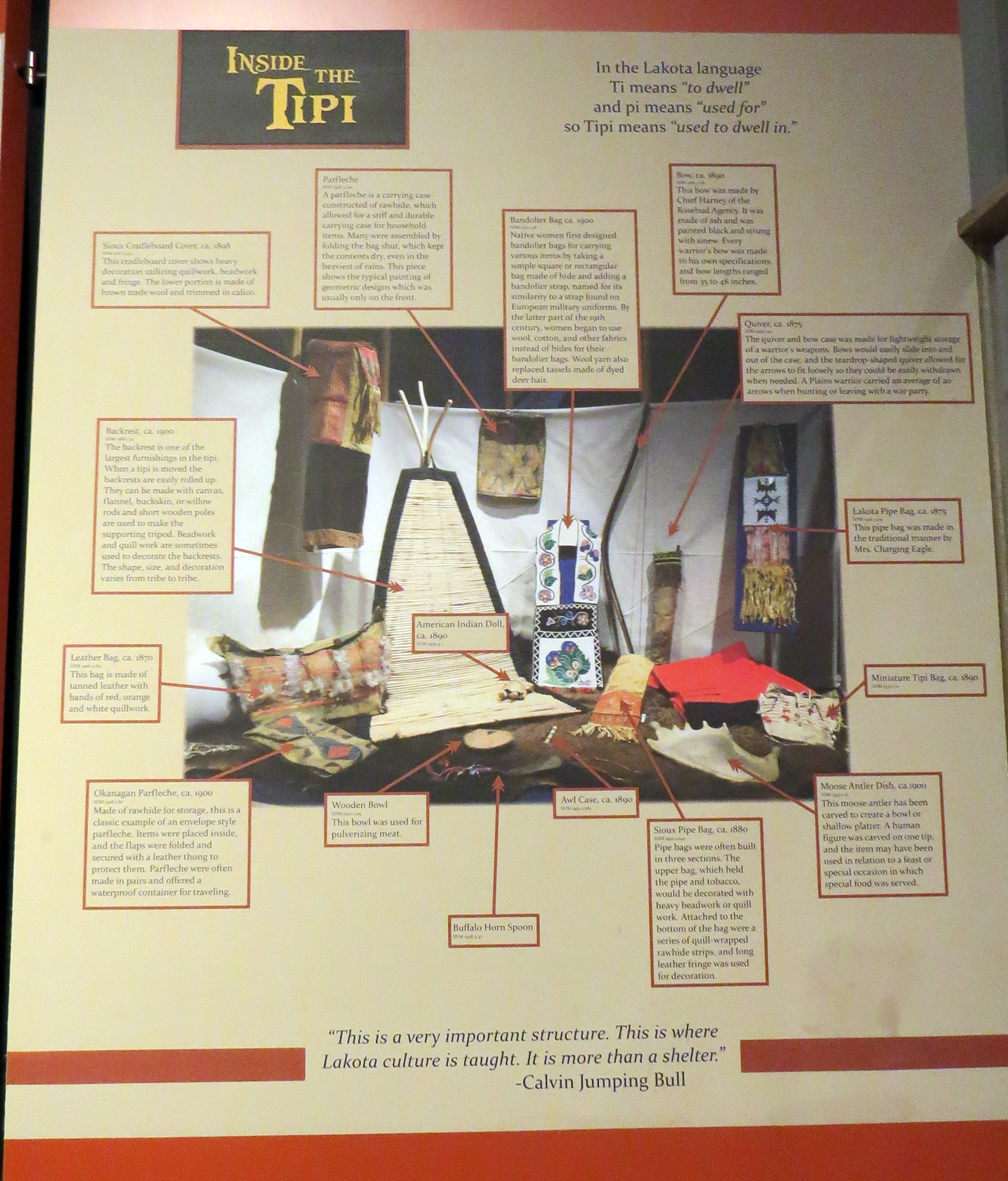
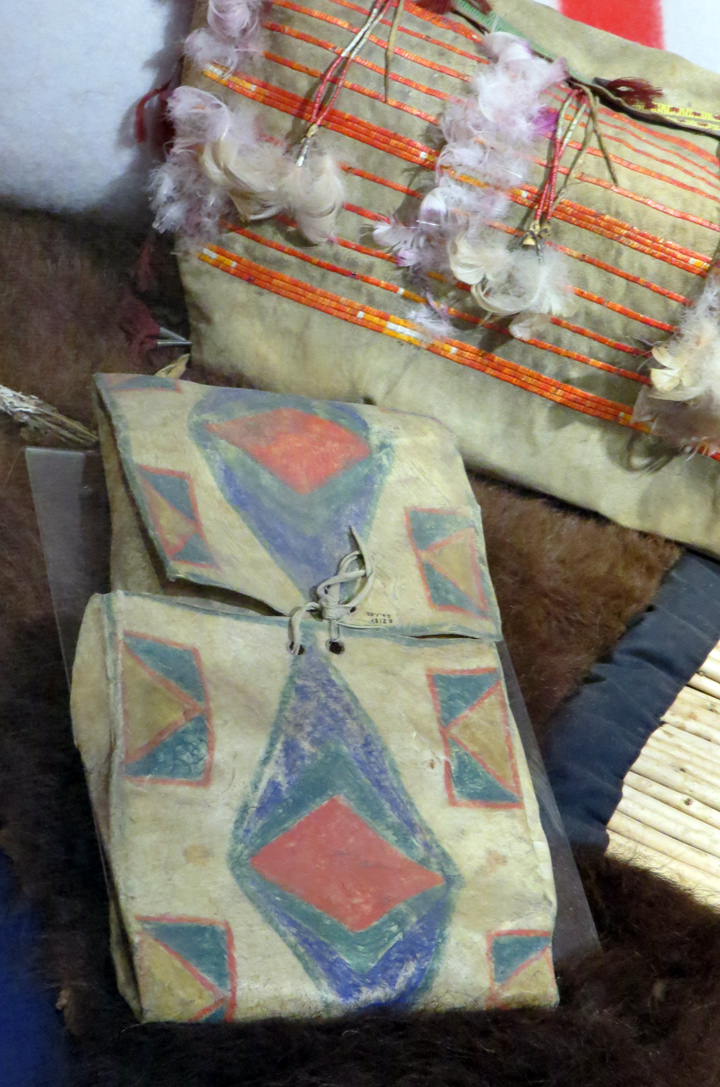
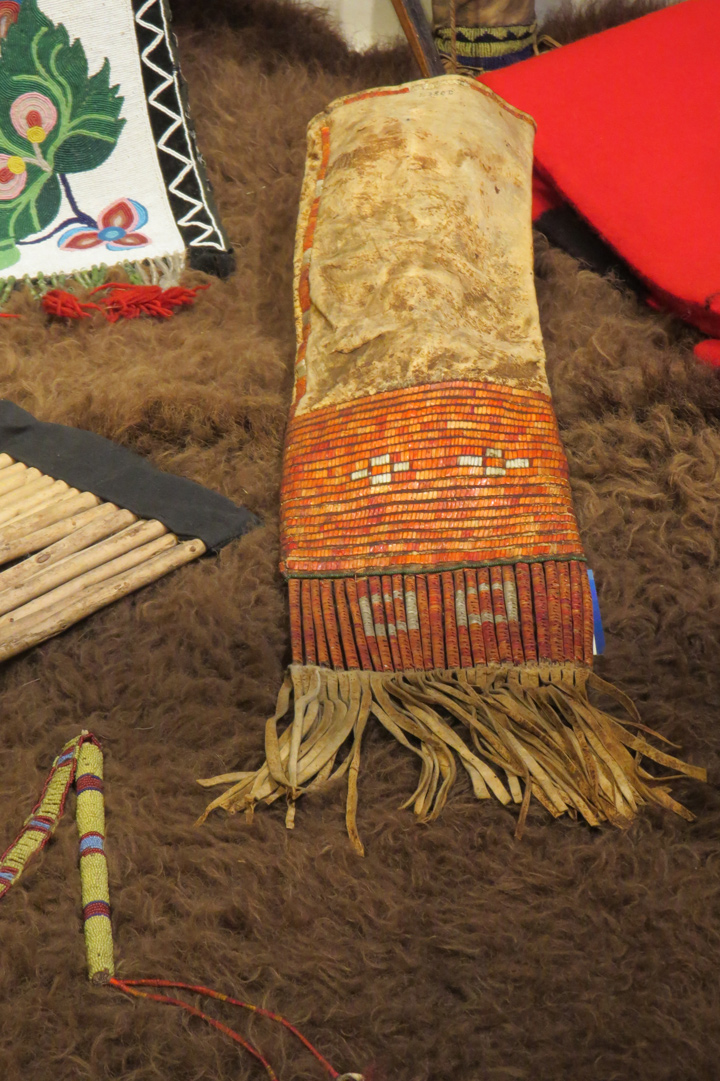
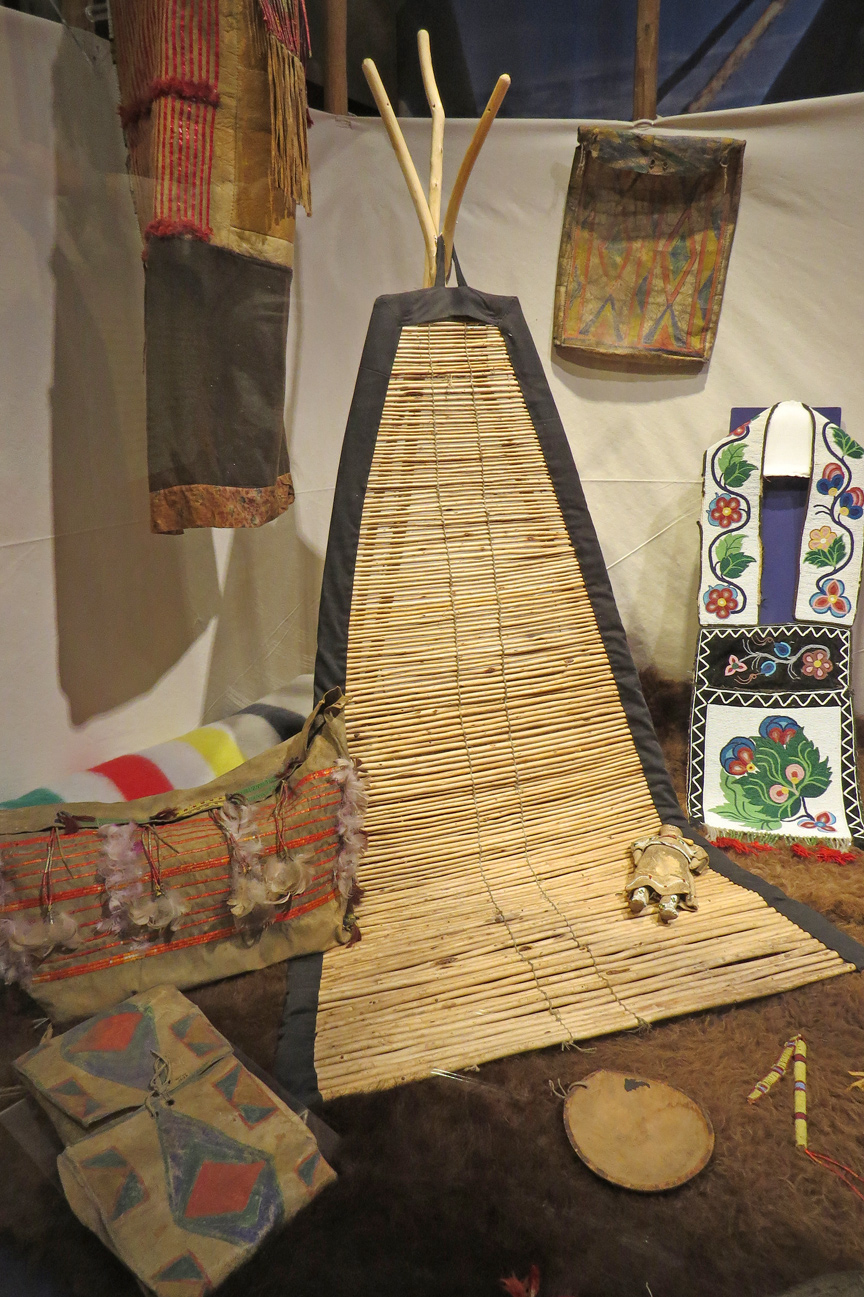
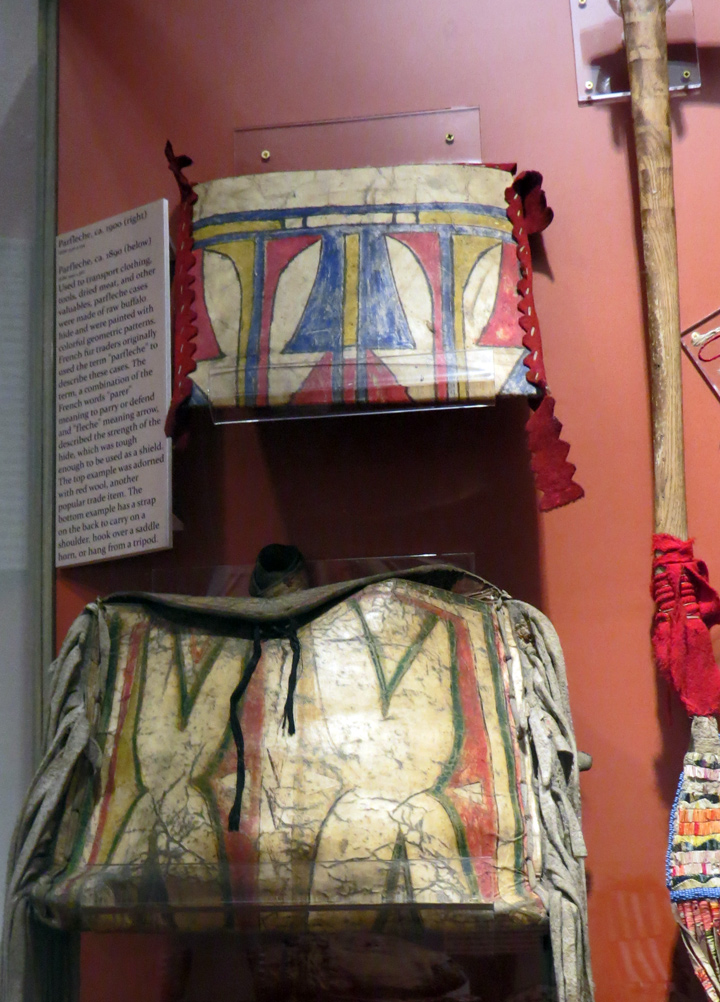
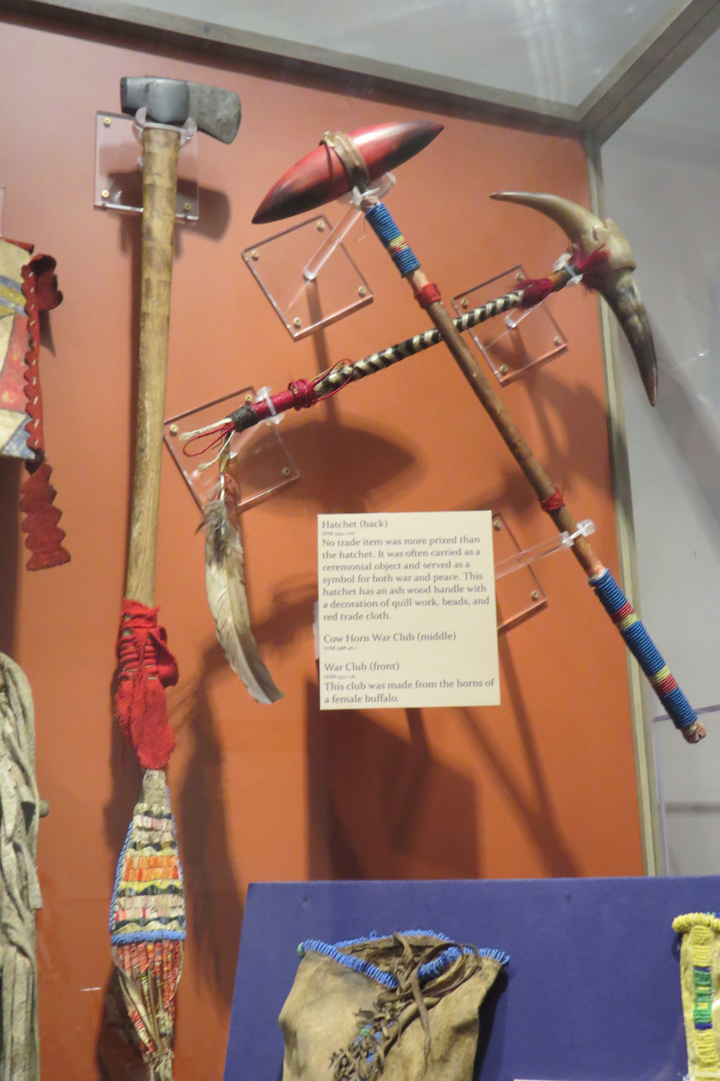
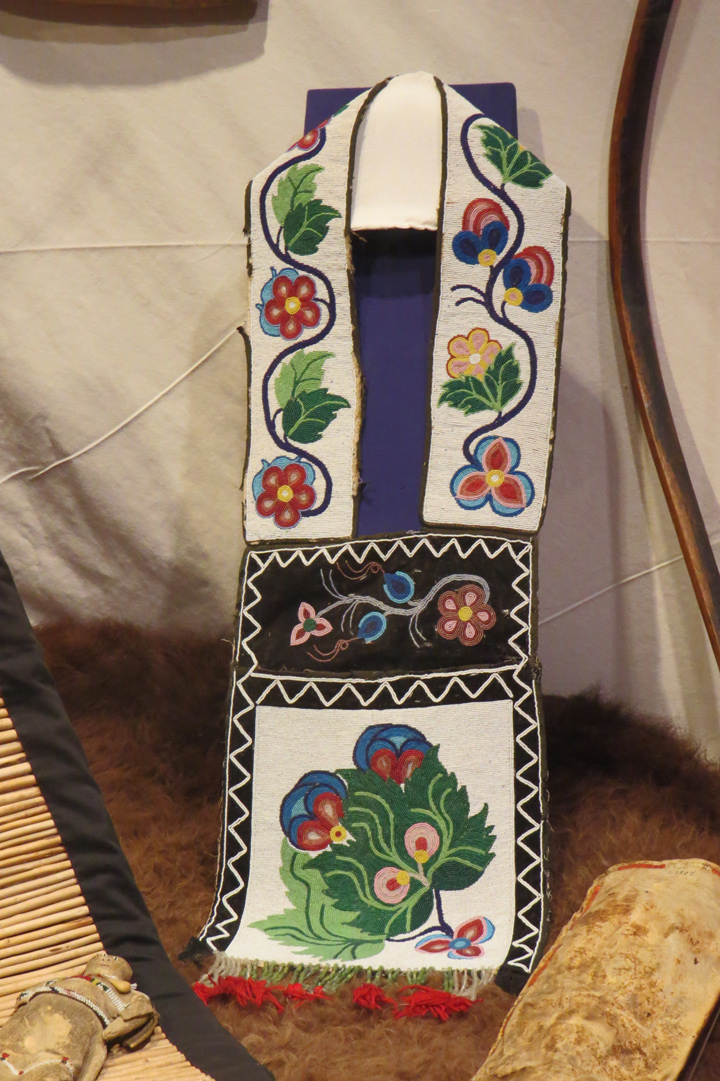
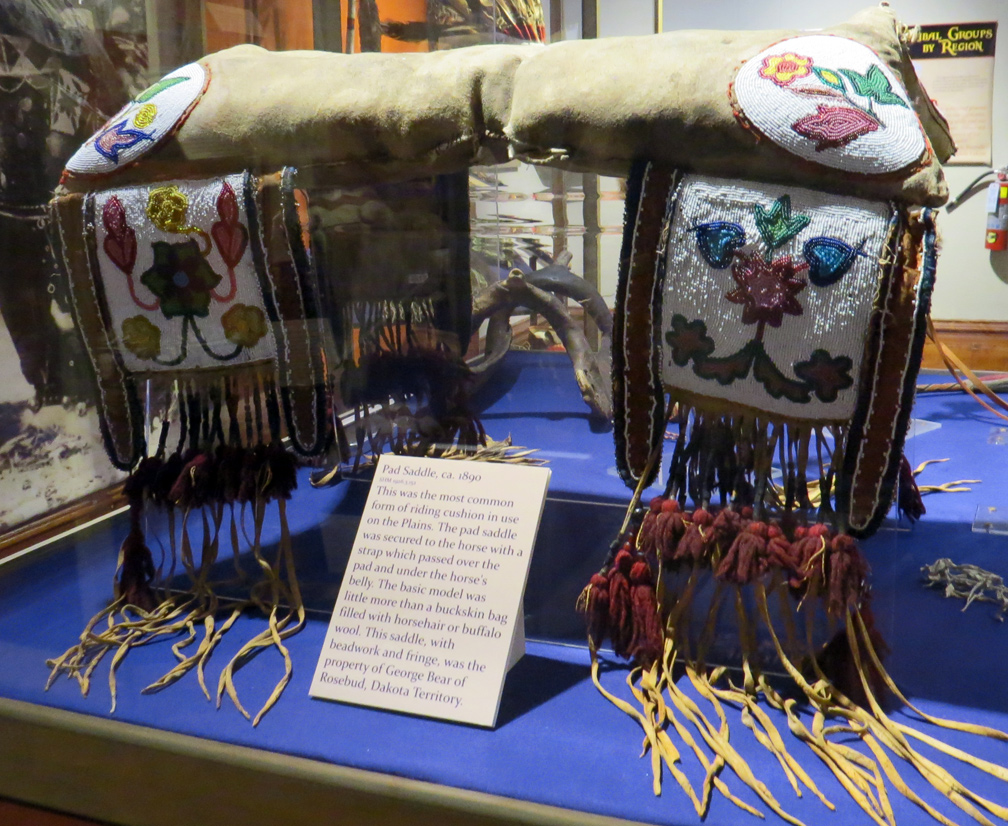

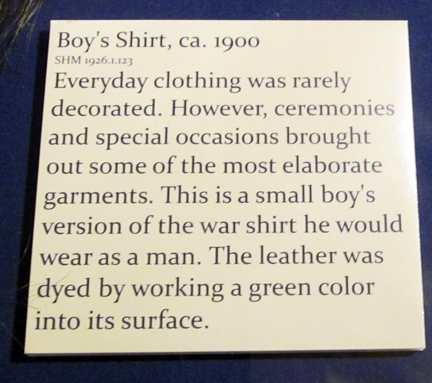

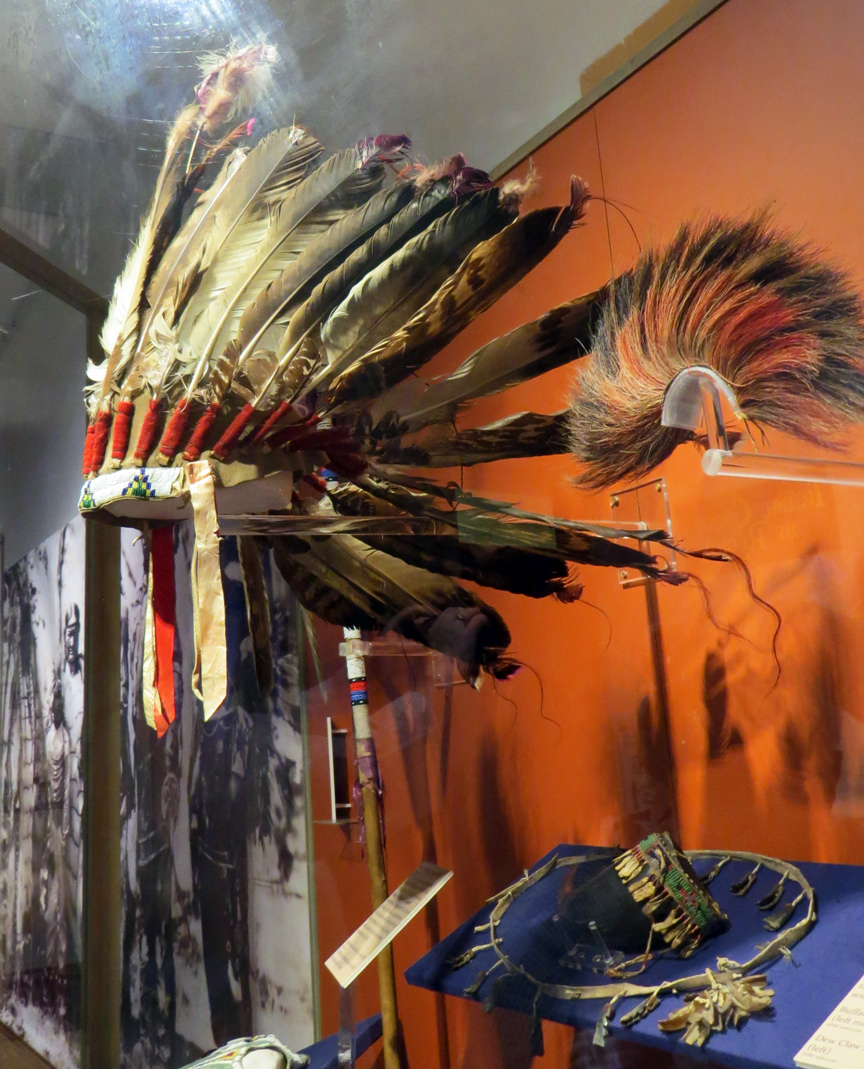
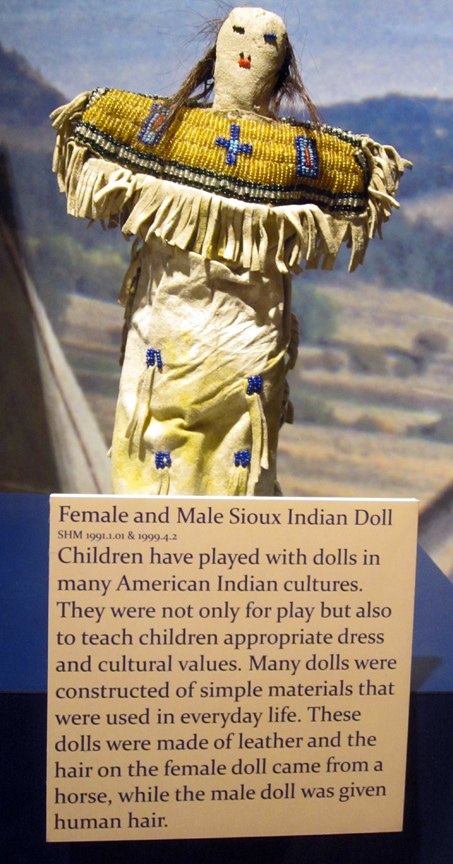
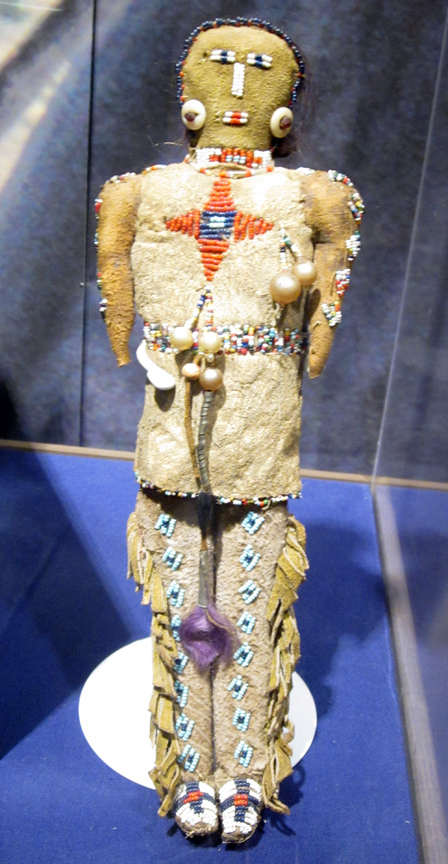
American Pioneers

Trails of Westward Expansion
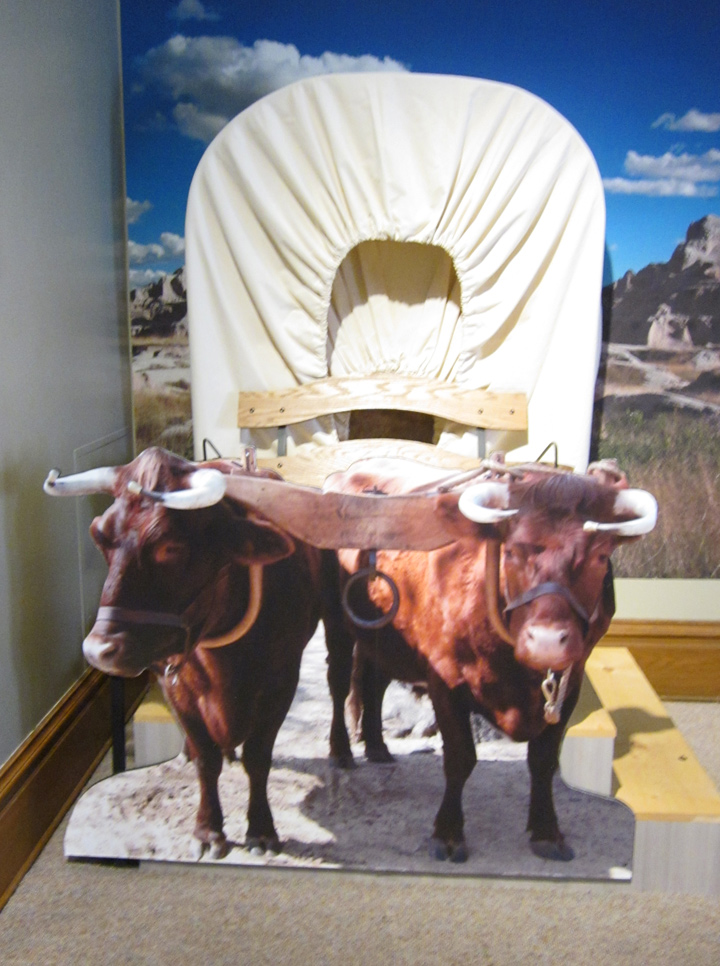
How they traveled
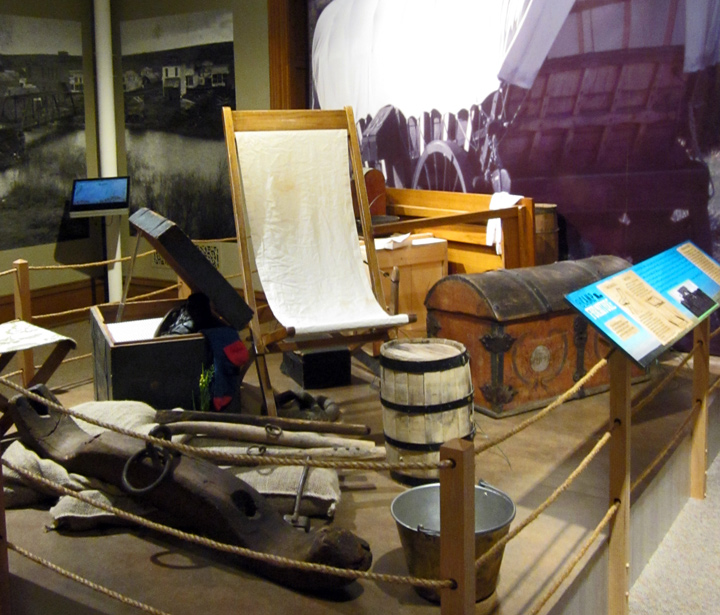
What they took along

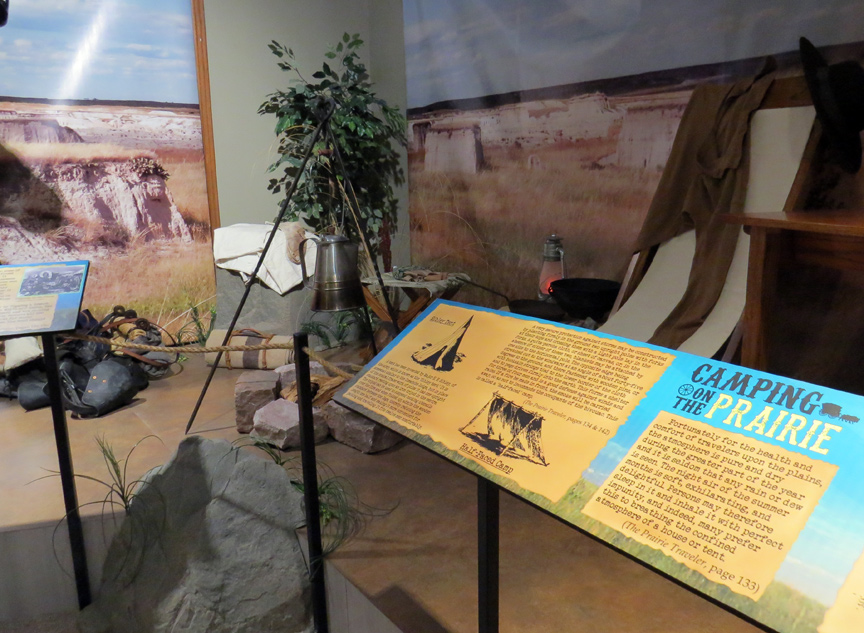
camping on the Prairie
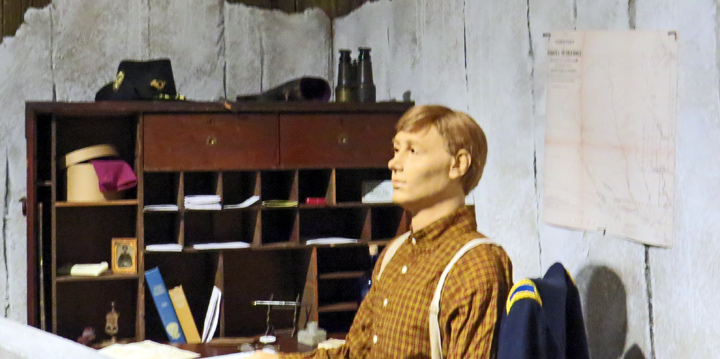
Life in the frontier forts
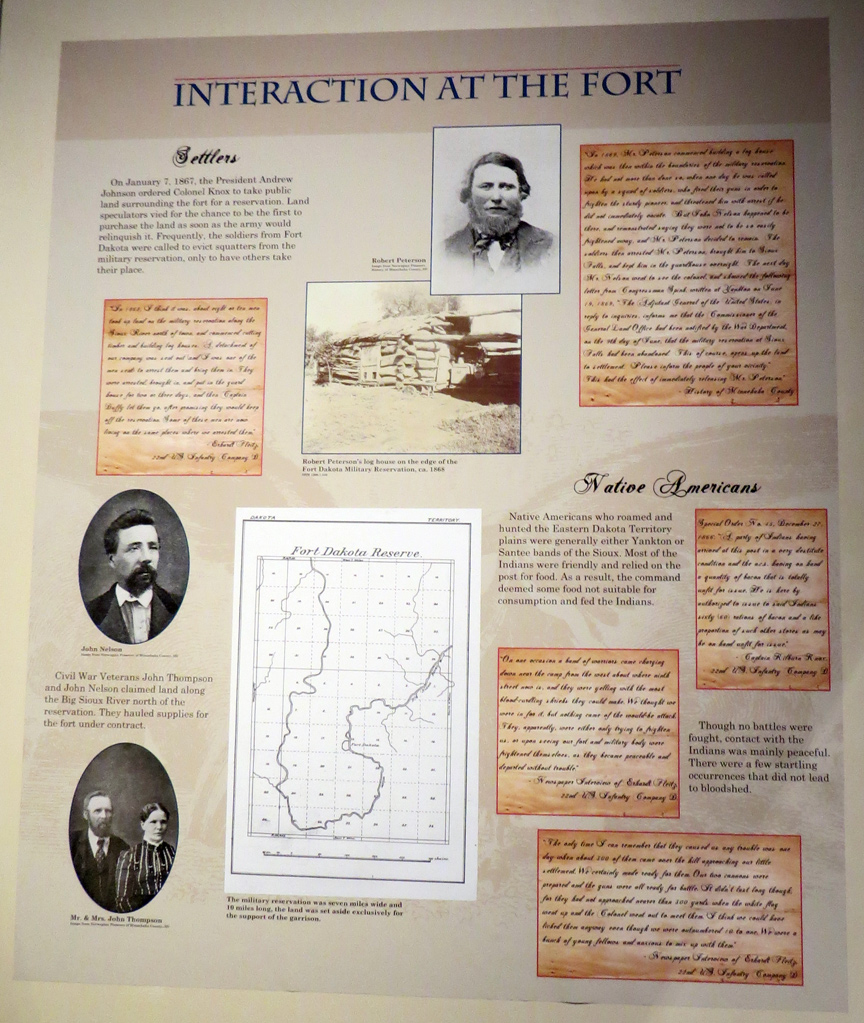
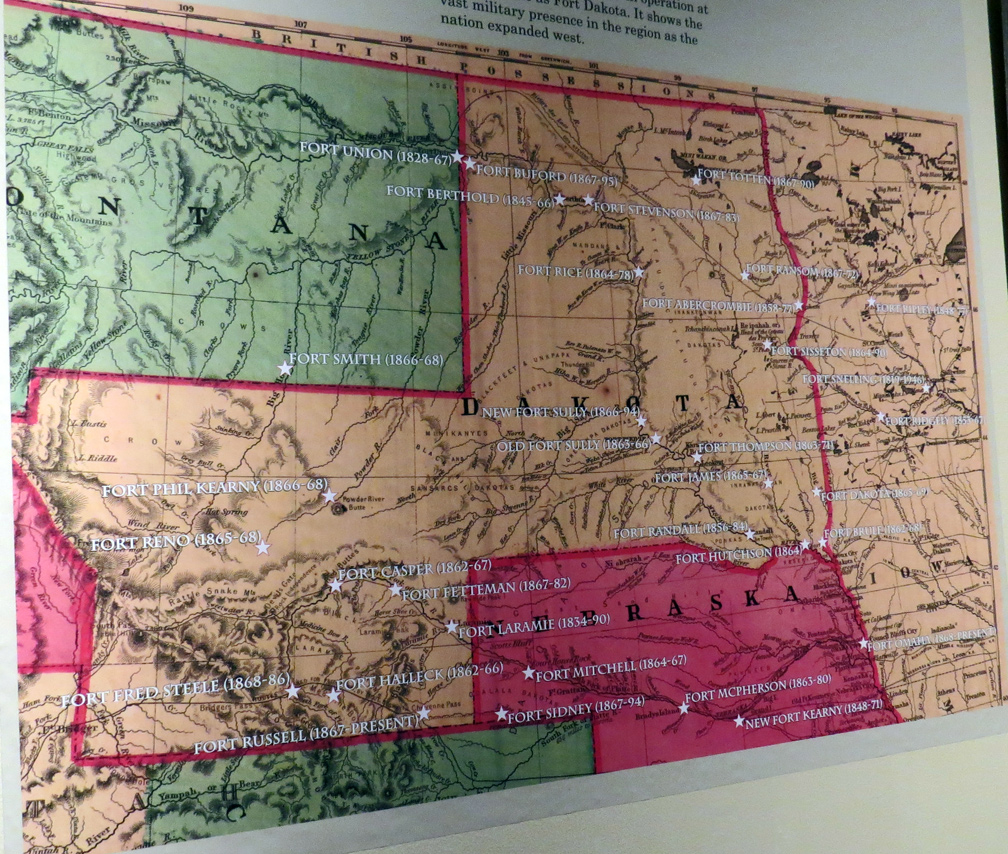
Fort locations
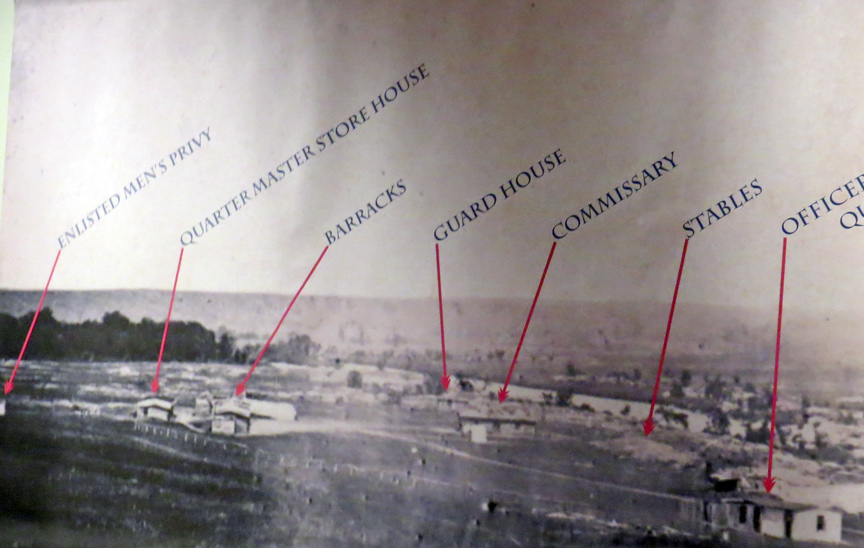
layout of a fort
Clothing
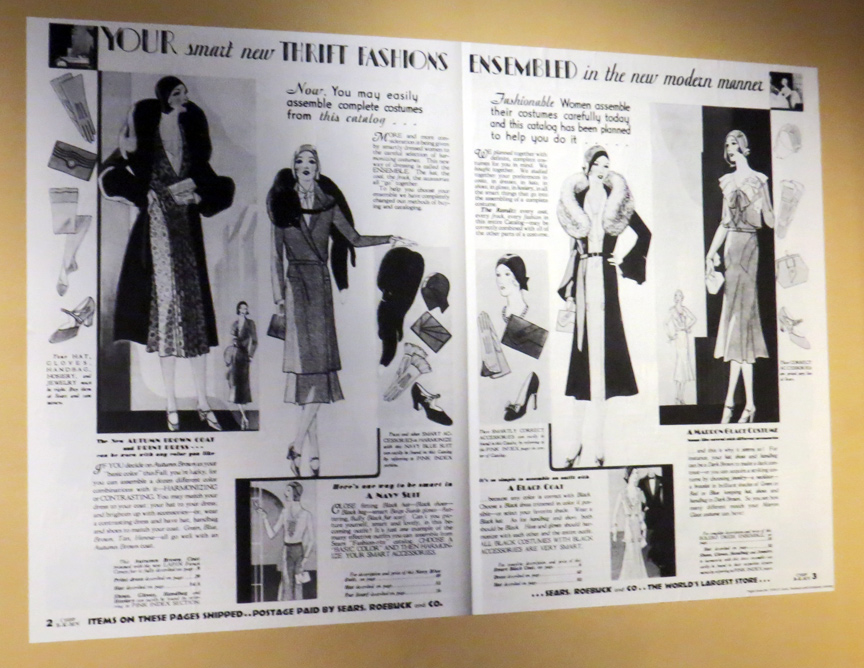
fashions
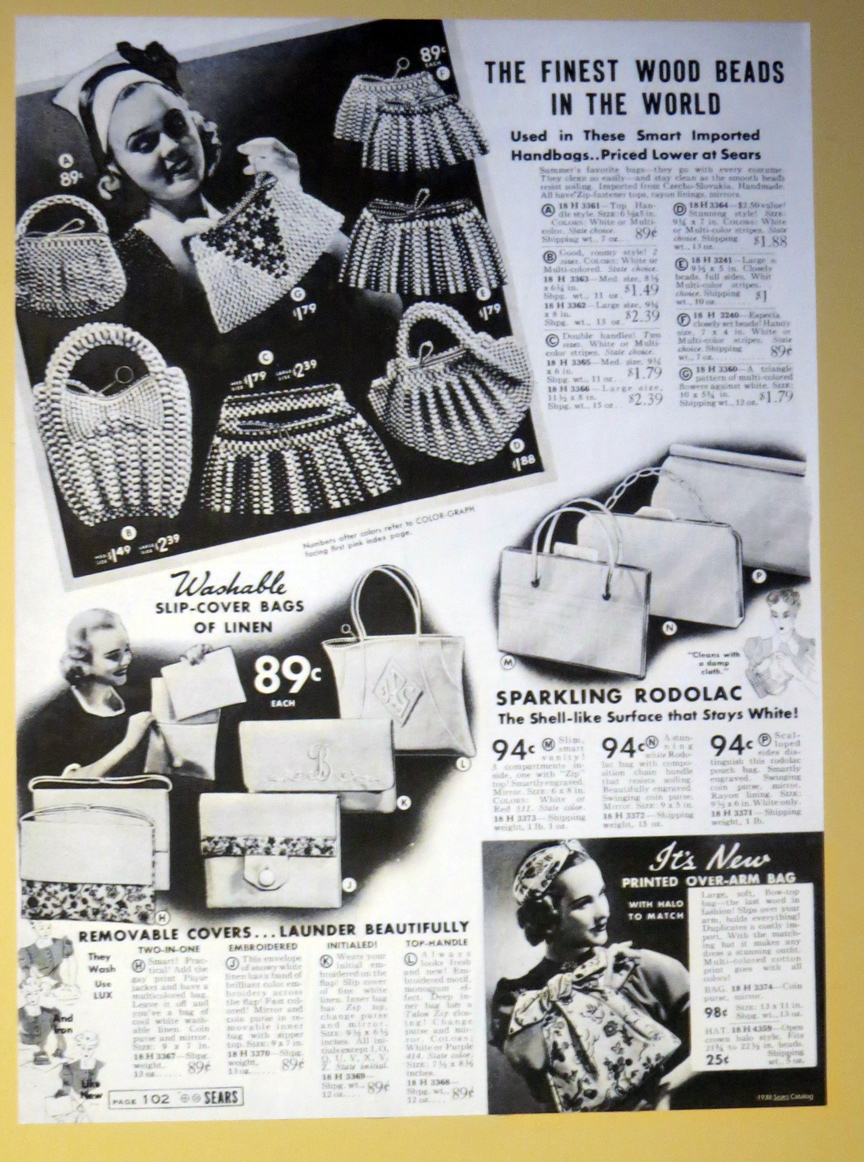
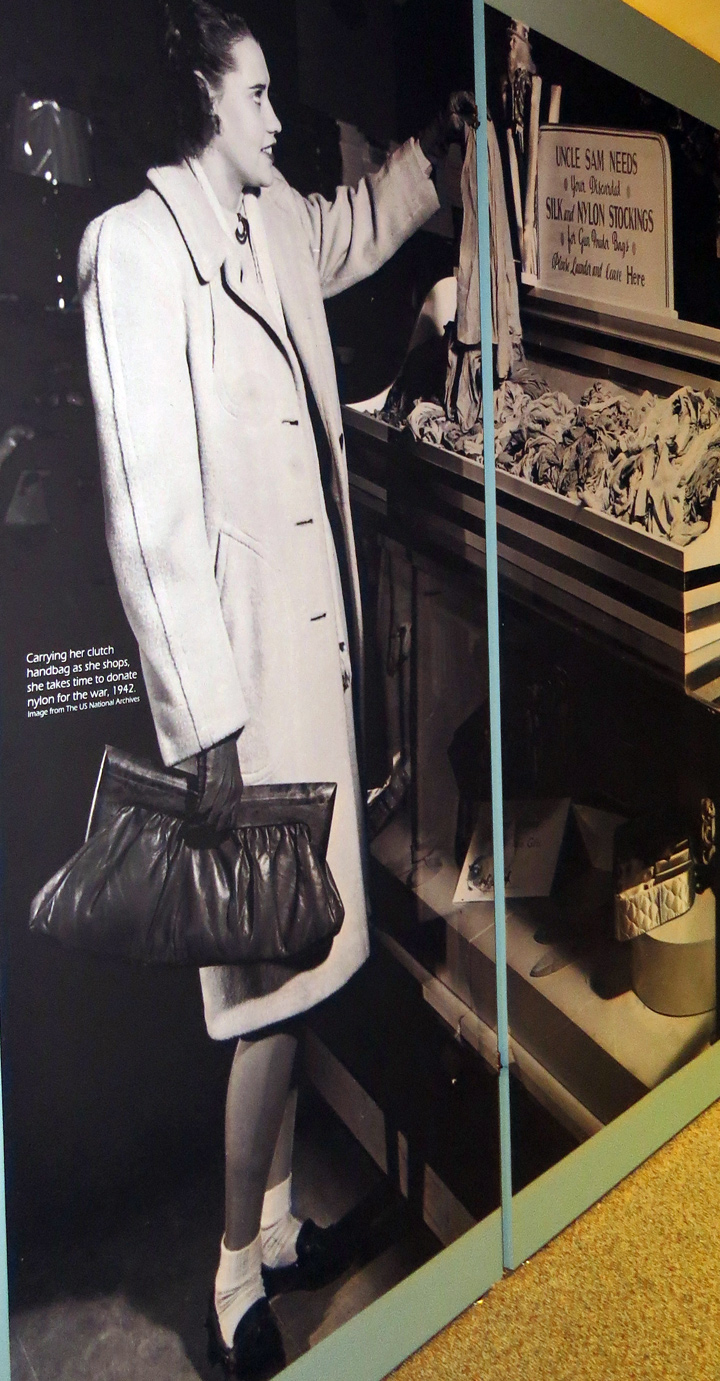
donate your nylons for defense
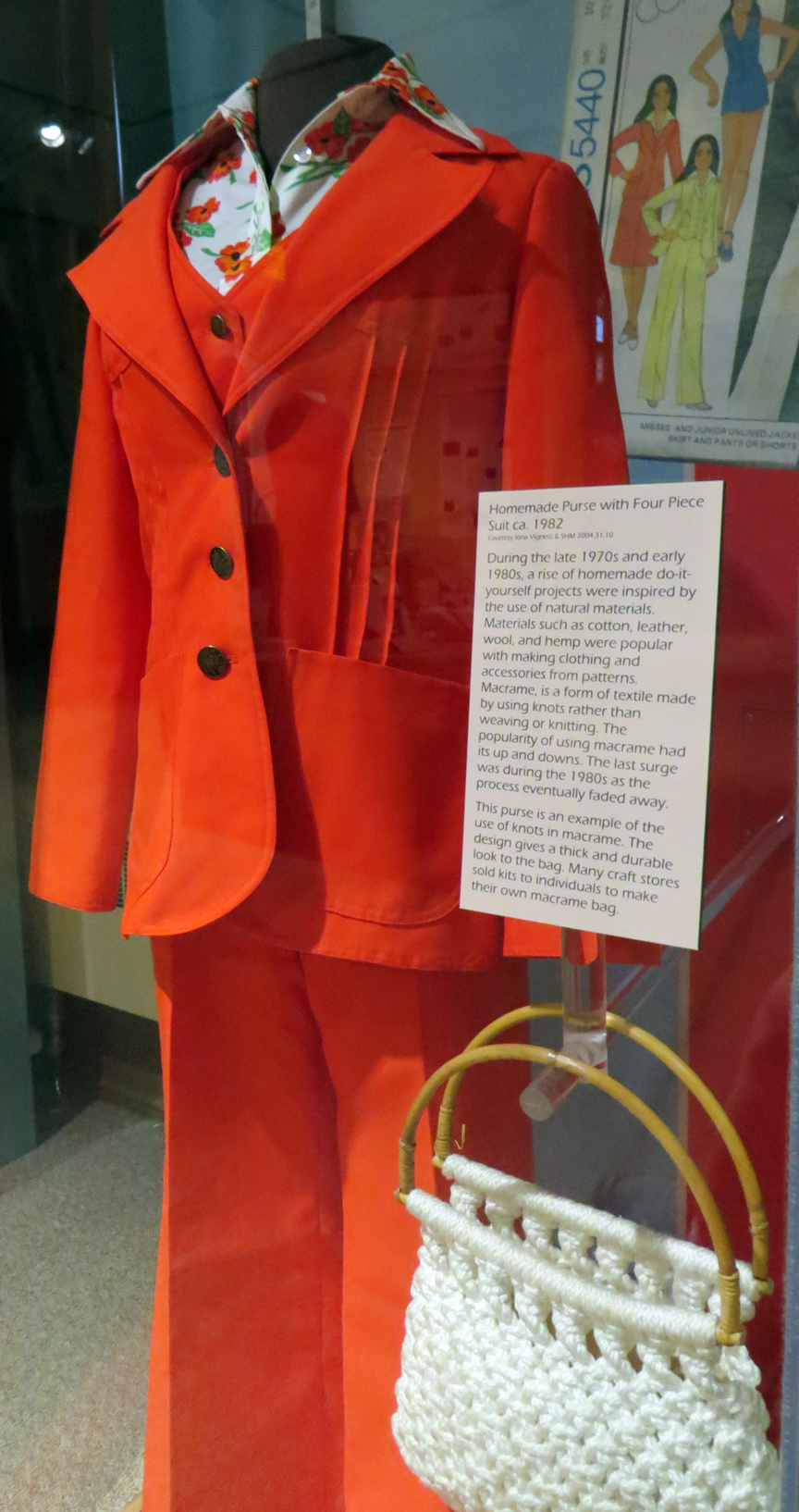
1982 suit
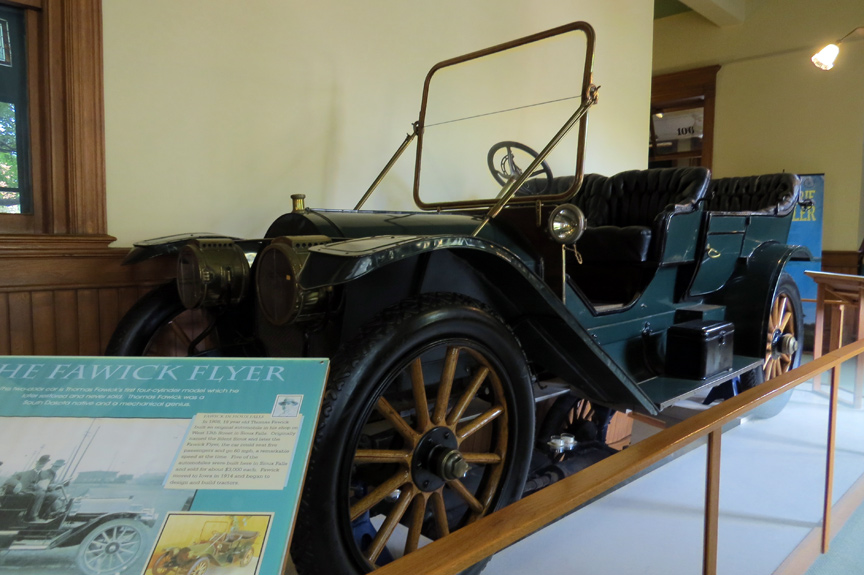
The Fawick Flyer
